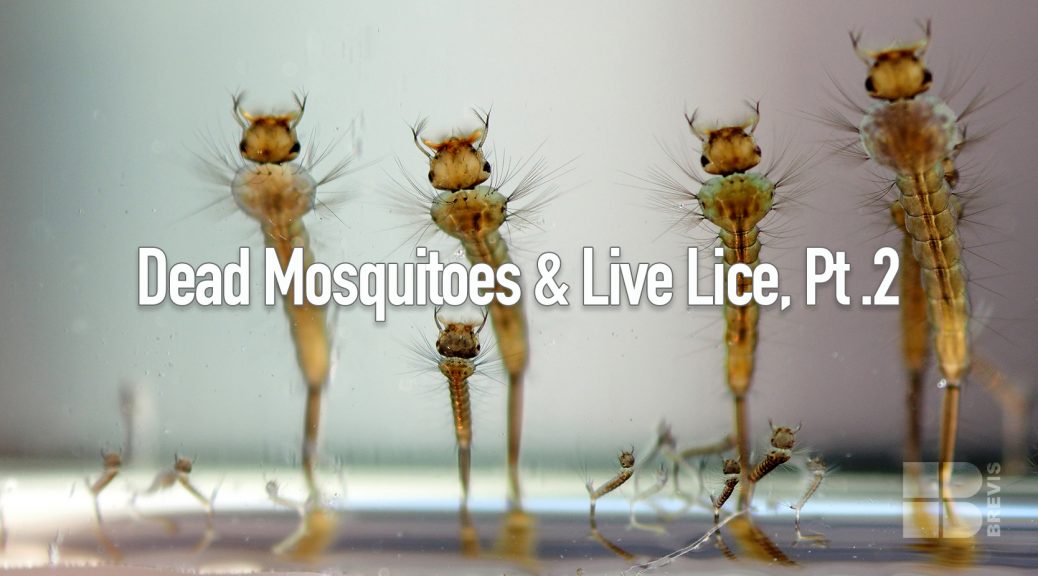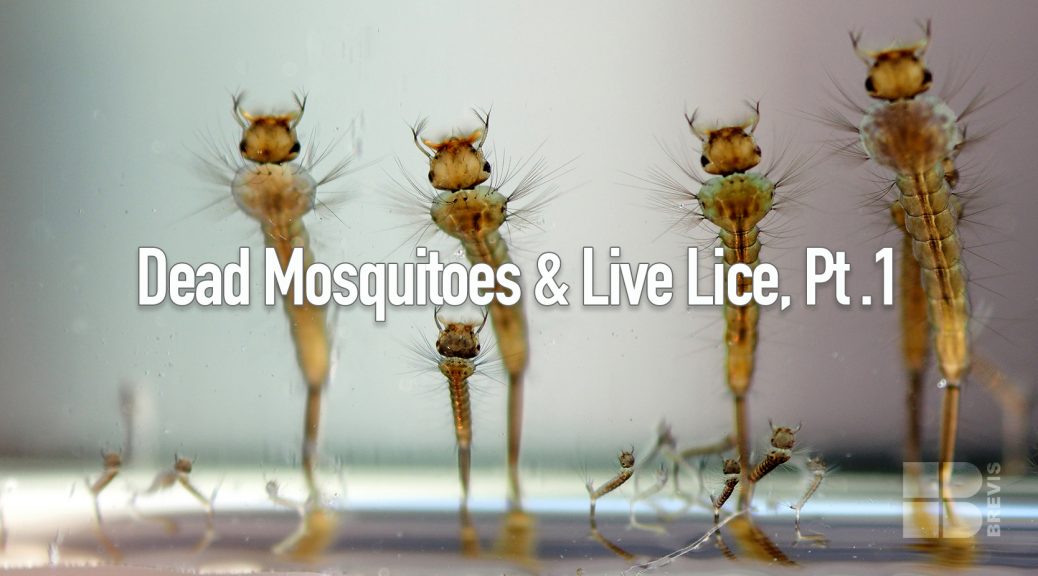Continued from “Dead Mosquitoes and Live Lice, Part 1“
So what about the live lice? When I went into the US Public Health Service in 1957, it was to fulfill my draft obligation after student deferments. Recall that the Korean War was from 1950 to 1953. Also that during WW II, DDT dusting powder was widely used to kill lice, especially in conquered civilian populations, to prevent the spread of typhus. But by the Korean War some lice had sneer at DDT and so something else was needed. Enter Dr. Wayland J Hayes and yours truly. Dr Hayes arranged for prisoner volunteers at the Federal Correctional Institution in Tallahassee, FL to be recruited to test the toxicity of malathion formulated as a dusting powder substitute for DDT. Malathion is an organophosphorus compound unrelated to DDT and was thought to have similar effectiveness and human toxicity.
Dr Hayes was the lead researcher and I was the lackey who did the cholinesterase analyses, etc. in the prison. (I have always enjoyed watching the expressions on people’s faces when I say I was in prison once.) The prisoners were told the possible adverse effects of the program and were given “good time” (reduced sentences) for participation. (After this one prisoner opted out but was later found to be consuming his own brew made with a smuggled, homemade still. Was that less toxic?)
The results were published in the Bulletin of the World Health Organization, (1960, vol 22, page 503-514) and on review I was impressed by one observation: “Although one of us (J.G.S.) had received, without injury, a 30-hour application of 10% malathion powder in preparation for the study of volunteers, . . . .” My small contribution to the advancement of science. Well, in retrospect I have to say that it was safer than dodging bullets in the Vietnam War, which was waging at that time.
Human infestation with lice is uncommon in this country and typhus is really rare. We have a lot to be thankful for in this country in spite of the vicissitudes of politics and the stock market. But there are still enough problems with antibiotic resistance and the lack of proper hand hygiene, etc. Maybe our watchwords should be Thankfulness, Vigilance, and Diligence. “May the Force be with you!”


